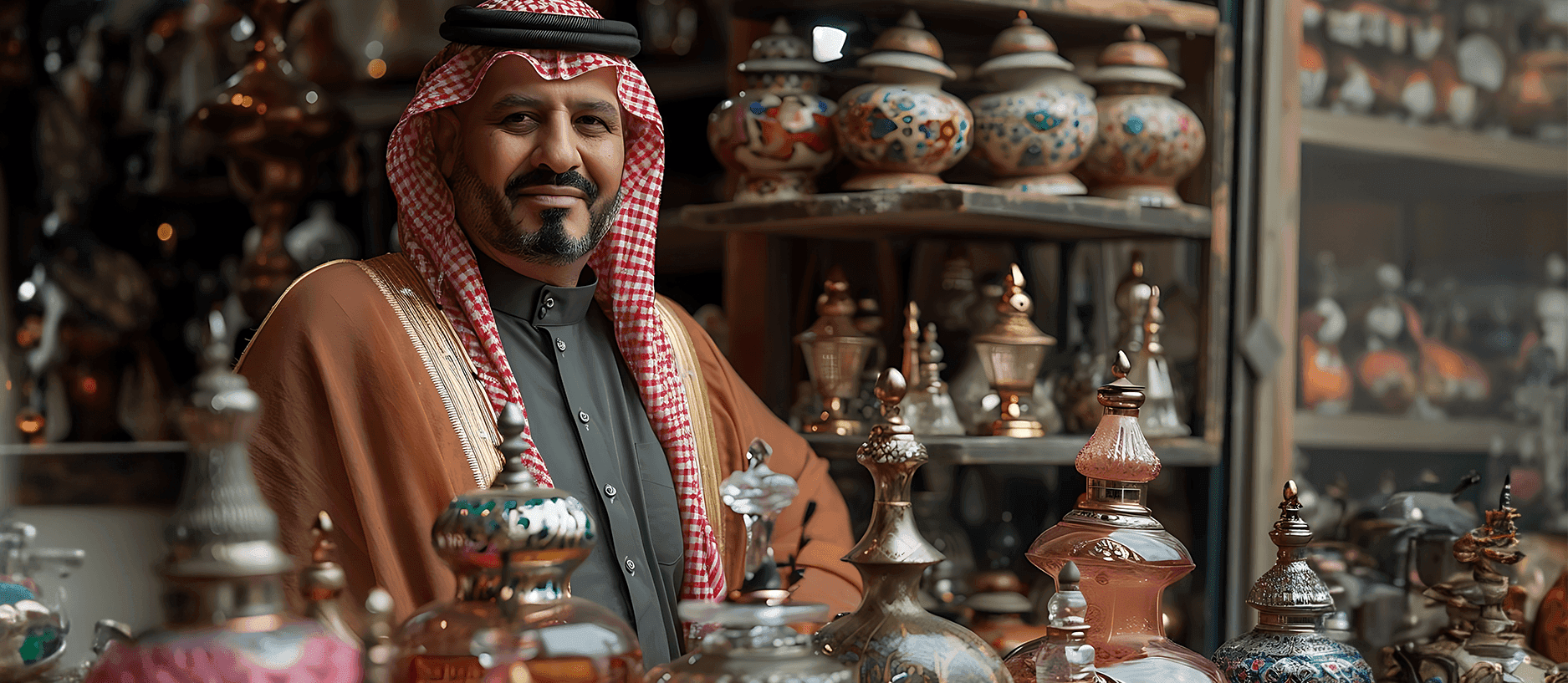
The Role of Cultural Insights in Building Authentic Brand Communications
In the GCC, cultural branding often falls into the trap of oversimplification, reducing complex identities to clichés like falcons, sand dunes, or crescent moons.

In the GCC, cultural branding often falls into the trap of oversimplification, reducing complex identities to clichés like falcons, sand dunes, or crescent moons.
In the GCC, cultural branding often falls into the trap of oversimplification, reducing complex identities to clichés like falcons, sand dunes, or crescent moons.
While these symbols are culturally significant, relying solely on them risks alienating a more discerning and globally connected audience. Superficial gestures are no longer sufficient, and consumers today expect messaging campaigns that resonate deeply with their values, aspirations, and way of life.
In the rapidly evolving markets of the GCC, cultural insights have emerged as the cornerstone of authentic brand communications.
As countries like Saudi Arabia and the UAE balance tradition with innovation, brands must navigate a complex cultural landscape to connect meaningfully with their audiences.
The GCC offers a unique interplay of heritage and modernity, where global trends coexist with local customs.
This duality presents immense opportunities for brands, but it also requires a nuanced understanding of cultural dynamics.
By leveraging innovative marketing theories and adopting culturally intelligent strategies, businesses can create messages that not only resonate but also inspire trust and loyalty.
The GCC’s combination of rich cultural heritage and rapid modernization offers both opportunities and challenges for brands. To inspire trust and loyalty, businesses must blend deep cultural understanding with strategic creativity. By leveraging cultural intelligence and innovative strategies, they can craft messages that foster authentic engagement.
Effective campaigns begin with an in-depth understanding of the audience. Moving beyond surface-level assumptions, brands must use tools like ethnographic and behavioral research and social listening to uncover nuanced cultural insights.
Example: Saudia Airlines successfully balanced Saudi Arabia’s cultural heritage with aspirations for global sophistication in its rebranding, showcasing the power of insights-driven branding.
Cultural Intelligence (CQ) enables brands to adapt effectively to cultural differences. The CQ Framework is divided into three components:
Cognitive CQ: Understand societal dimensions such as collectivism and power distance.
Physical CQ: Align campaigns with local norms and traditions.
Motivational CQ: Foster a genuine commitment to cultural diversity to ensure authenticity.
Example: Netflix embraces CQ by developing Arabic content that honors regional storytelling while addressing universal themes like family and resilience.
Glocalization, or tailoring global strategies to fit local contexts, allows brands to maintain their identity while resonating with regional audiences. This strategy is especially impactful during culturally significant events.
Example: McDonald’s Ramadan campaigns focus on themes of community and togetherness, creating localized messages that resonate deeply while preserving the brand’s global identity.
Storytelling is a powerful tool in the GCC, where family and community are core values. Brands that highlight shared experiences and aspirations can foster deeper emotional bonds with their audiences.
Example: Noon’s Ramadan campaign went beyond traditional symbolism to share personal stories of family unity, creating strong emotional engagement.
Influencers are pivotal in bridging cultural gaps in the digital-first GCC. Trusted local voices bring authenticity to brand messages and resonate across generations.
Example: Huawei’s collaboration with UAE-based tech influencers during Ramadan showcased its AI-powered cameras capturing Iftar gatherings, blending innovation with cultural relevance.
Themes like family, innovation, and sustainability resonate deeply in the GCC. Aligning with these values and national initiatives enhances brand credibility.
Example: SABIC’s sustainability campaigns align with Saudi Vision 2030, emphasizing environmental stewardship and innovation.
Example: The Giving Movement combines regional aesthetics with eco-friendly practices to appeal to environmentally conscious consumers.
The GCC’s high social media penetration offers brands unparalleled opportunities to leverage AI and big data for personalized, culturally relevant campaigns.
Example: Pepsi identified Saudi youth’s interest in gaming through AI-driven insights, creating targeted campaigns that resonated deeply with this audience.
Superficial gestures or reliance on stereotypes can alienate audiences rather than engage them. To succeed, brands must ensure authenticity and avoid cultural overgeneralization.
Case in Point: Global examples, such as Dolce & Gabbana’s insensitive campaign in Asia, highlight the reputational risks of cultural missteps.
Authenticity is the cornerstone of success in the GCC. Brands that respect the region’s traditions while embracing its modernization can craft messages that resonate deeply and build trust.
In the GCC, where authenticity is highly valued, businesses that invest in understanding and celebrating the region’s complex cultures will thrive.
By combining cultural intelligence, storytelling, and glocalization, brands can create campaigns that inspire trust and foster lasting connections.
Respecting the region’s unique blend of heritage and modernity isn’t just an option, it’s the key to meaningful engagement.